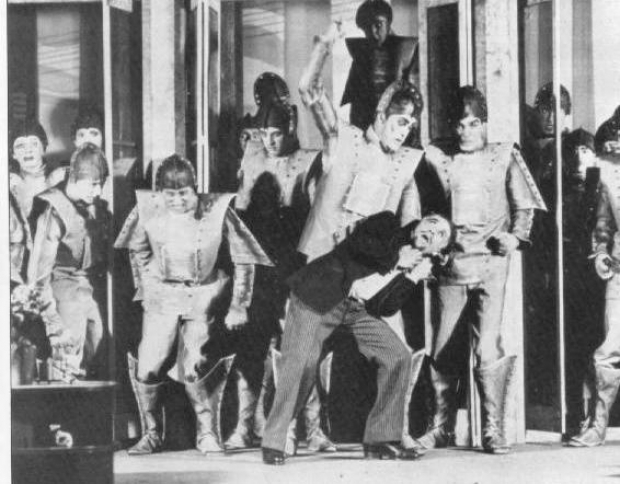One of the problems with boffins and their science papers is that most newspapers only read the summery and no one really understands the data.
Image duplication showing the same picture of cell clusters are copied, flipped, rotated, shifted, or cropped. In cases where the errors aren't accidental, the doctored images are created to look as if the researchers have more data and conducted more experiments then they really did. In fact some scientific papers, which are often just attempts to make money for a company with a snake oil style product to flog, are about as trustworthy as the Bible.
The American Association for Cancer Research director Daniel Evanko has turned to AI software to detect image duplication before a paper is published in a journal.
The AACR started trialling Proofig, an image-checking programme developed by a startup going by the same name as their product based in Israel. Evanko presented results from the pilot study to show how Proofig impacted AACR's operations at the International Congress on Peer Review and Scientific Publication conference held in Chicago this week.
Sometimes the bad stuff that the software found turned out to just be a cock-up which was fixed before publication but either way the AI spotted 208 cases of dodgy data. Four papers out of the 208 were withdrawn, and one was rejected afterwards.
AI software still needs a human with some knowledge and expertise to interpret the results.




